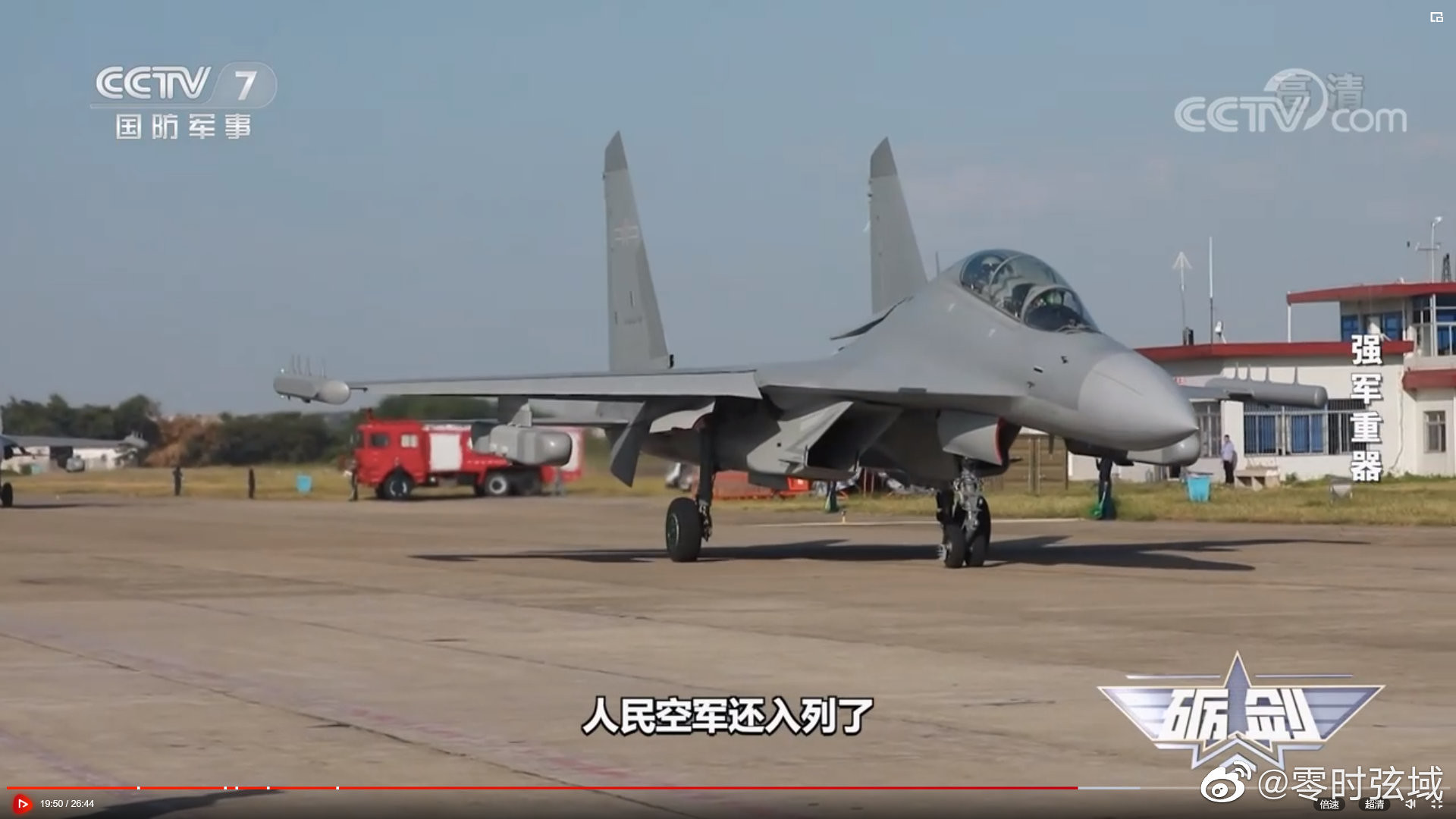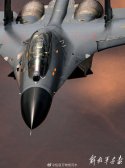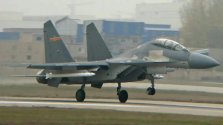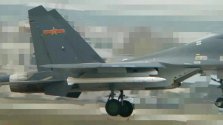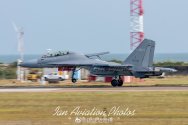In fact, the only Flanker airframe I recall seeing offered with the ability to carry BVRAAMs on the outermost underwing stations, is the Su-35 (which your picture shows a prototype of). As far a I know, no other Flanker variants offer that option.
I'm quoting from memory because I can't find that article now so some distortion might occur but here's a very plausible explanation based on the troubled story of Soviet and Russian Flankers.
Flankers were designed in the 70s as a counter to F-15 (F-X) but the requirement was for Flankers to gain an advantage over F-15 wherever possible. One such area was greater maneuverability because in the 1970s the idea of active homing missiles was out of reach - AMRAAM was introduced into service 20 years after Flanker program started. This meant that SARH determined how air combat was conducted and that gave greater role to maneuverability as well as WVR. Flankers achieved maneuverability through relaxed stability and fly-by-wire.
It was an exceedingly ambitious design choice because Soviets had neither experience nor technical capability to properly model and develop such solutions. They used FBW on Tu-22M but it was a correction along a single axis. Su-27 required correction in all three. For example F-15 do not have relaxed stability or FBW. Those design choices had predictable consequences as the relaxed stability was too relaxed and FBW didn't work properly which is why MiG-29 and Su-27 both flew in 1977 but Fulcrum which had more traditional design and no FBW was introduced in 1982 while Flanker only in 1985 but with some problems unresolved. This is why Flankers had limitations on high-g maneuvers in some aspects to 7-8g. Su-27M was designed in late 80s to correct for those most problematic shortcomings but even that didn't help. This is why Su-27 development stalled and Su-30 took over as main commercial product. Because Su-30 due to its role didn't need extreme performance and that allowed for some corrections - but even those came at a cost. It took thrust vectoring and composites to balance the flawed Flanker design which is how Su-35S came to be two decades after Su-27M prototype was built.
And that means that payload distribution is highly dependent on the mission profile. If a Flanker flies air-to-air it is assumed that high velocity high-g maneuvers will be performed and therefore the payload is distributed as to optimize aerodynamic performance. When you look at the distribution of underwing pylons you'll see that there's precisely one in the middle of each wing. That's because Flanker has "thin" wings and they work differently from "thick" wings of the F-15 or F-22. The underside of the fuselage is not a problem because Flankers utilize partly a type lifting body design but the wings are highly problematic.
Look at the Eurocanards and see how missiles are distributed there. In most cases I found that AIM-120 or MICA is carried on wingtips and on the "middle" underwing pylon while the outer underwing pylon carries a lighter WVR missile. That's because the wings are similar to those in Flankers.
J-16 is structurally different from Russian and Soviet Flankers but it utilizes the same aerodynamic model and that means that it makes more sense to simply not stress the wing with sub-optimal load distribution instead of showing off two more BVR missiles for pictures.
Let's also not forget why Russian Flankers had so many missiles. Original Flankers had only ten pylons (up from original eight if I recall correctly) - six for R-27 and four for R-73. Russian Flankers had more pylons for BVR missiles because it was the chosen tactic to offset capabilities of American fighters which had better radars and ARH missiles. It was also important from marketing perspective to present Flankers as plausible match for western designs as Sukhoi had to survive on scarce funding from the Russian government and foreign sales.
Russian Flankers would fire two missiles - one guided with radar and one guided passively in infra-red to increase hit probability and that was marketed as sufficient. This is why they have so many pylons - it's a selling point, not something that is practical in a real tactical scenario.
J-16s carrying 8 BVR missiles really follows on the practical experience in air-to-air combat where fewer missiles and better tactical position wins over more missiles with worse tactical position. Tactical position is determined by situational awareness. Russians didn't have it for many reasons. China assumes that it will have sufficiently advantageous position that it doesn't need desperate measures.
"Beast mode" is a marketing gimmick. Nobody flies like that in real life but sales are made through backroom deals that needs to be validated by PR narratives in the general population. Hence "fifth generation" and "beast mode" and whatever it is that the marketing department is feeding the mainstream to keep the attention away from things that really matter for those deals.
So I'd say that the pylon can absolutely carry a BVR missile but it's more practical to put a twin launcher on the middle pylon for aerodynamic reasons or triple/quad launchers below the fuselage.

